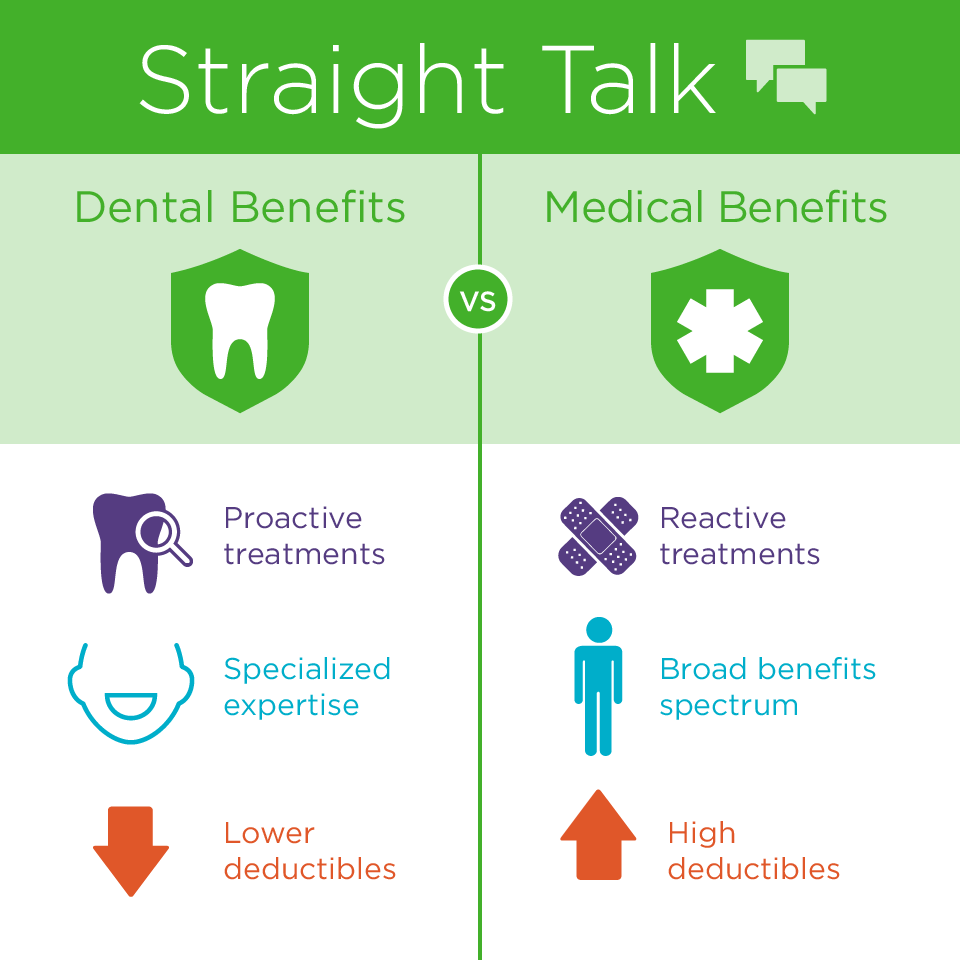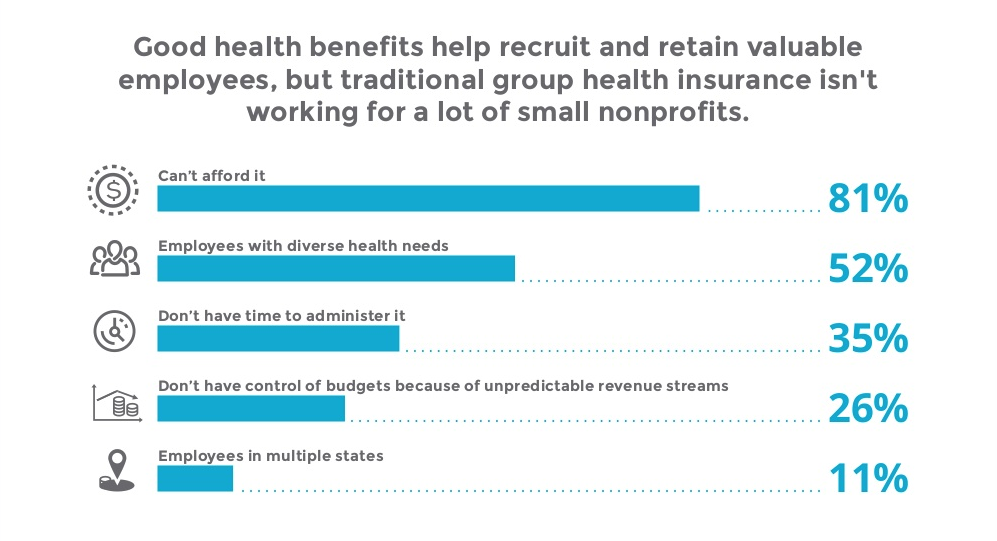Indicators on Medicare Advantage Agent You Need To Know
Table of ContentsA Biased View of Medicare Advantage AgentHow Medicare Advantage Agent can Save You Time, Stress, and Money.The 9-Second Trick For Medicare Advantage Agent

follows from perplexing the relatively young age profile of the without insurance with the much better wellness, usually, of more youthful individuals. This covers the link in between health and wellness status and medical insurance. For those without accessibility to office medical insurance, poor health and wellness is a potential obstacle to acquiring nongroup coverage since such insurance coverage might be highly valued, leave out preexisting conditions, or be merely unavailable. The number of uninsured Americans is not particularly big and has actually not transformed over the last few years. Seven out of ten participants in a nationally depictive survey thought that fewer Americans lacked wellness insurance policy than really do(Fronstin, 1998). Approximately half(47 percent )thought that the number of individuals without medical insurance reduced or remained constant over the latter fifty percent of the last decade(Blendon et al., 1999). This drop of practically 2 million in the variety of individuals 'without insurance (a reduction
of about 4 percent)is definitely a positive modification. With a softer economic climate in 2000 the current reported gains in insurance coverage might not proceed(Fronstin, 2001 ). The decline in the variety of uninsured will certainly not proceed if the economy stays slow and healthcare expenses remain to outpace inflation. This is because the data were collected for a period of strong economic performance. Of the estimated 42 million individuals that were uninsured, just about regarding 420,000(concerning 1 percent)were under 65 years of age, the age at which most Americans end up being qualified for Medicare; 32 million were grownups in between ages 18 and 65, around 19 percent of all grownups in this age group; and 10 million were children under 18 years of age, regarding 13.9 percent of all kids (Mills, 2000). These price quotes of the number of persons without insurance are created from the yearly March Supplement to the Existing Population Survey (CPS), performed by the Census Bureau. Unless or else kept in mind, nationwide estimates of people without health and wellness insurance and proportions of the populace with various type of coverage are based upon the CPS, the most widely used resource of quotes of insurance policy protection and uninsurance prices. These surveys and the estimates they yield are explained briefly in Table B. 1 in Appendix B - Medicare Advantage Agent. These surveys differ in size and tasting methods, the questions that are inquired about insurance
Medicare Advantage Agent for Dummies
protection, and the moment duration over which insurance policy protection or uninsurance is determined(Lewis et al., 1998, Fronstin, 2000a ). Still, the CPS is specifically helpful due to the fact that it creates yearly price quotes fairly swiftly, reporting the previous year's insurance protection estimates each September, and since it is the basis for a regular set of quotes for even more than 20 years, allowing for analysis of trends in coverage over time.

Excitement About Medicare Advantage Agent
Over a three-year period starting early in 1993, 72 million individuals, 29 percent of the united state population, lacked protection for a minimum of one month. Within a solitary year(1994), 53 million individuals experienced at the very least a month without protection(Bennefield, 1998a). Six out of every ten without insurance adults are themselves employed. Functioning does improve the chance that one and one's family participants will certainly have insurance, it is not a guarantee. Even participants of households with 2 full time breadwinner have almost a one-in-ten chance of being without insurance (9.1 percent uninsured rate)(Hoffman and Pohl, 2000 ). The relationship between health insurance and accessibility to care is well established, as recorded later in this phase. Although the relationship in between medical insurance and health end results see this site is neither direct nor basic, a considerable medical and health services study literary works web links health and wellness insurance policy coverage
to better accessibility to care, far better high quality, and enhanced individual and populace health status. For instance, the second report, on personal health end results for uninsured grownups, is represented by the innermost circle of the figure, while the third report, on family well-being, includes the subjects of the second report but emphasizes a different unit of evaluation, namely, the family members. The sixth record in the collection will offer info about strategies and campaigns embarked on in your area, statewide, or nationally to resolve the lack of insurance and its negative effects. Degrees of analysis for examining the results of uninsurance. This conversation of health insurance policy protection concentrates primarily on the united state population under age 65 since practically all Americans 65 and older have Medicare or various other public coverage.
In addition, it focuses particularly on those without any type of health insurance for any type of length of time. The problems dealt with by the underinsured are in some areas comparable to those dealt with by the uninsured, although they are typically much less serious. Uninsurance and underinsurance, nevertheless, include distinctly different plan issues, and the strategies for resolving them might differ. Throughout this research study and the 5 reports to adhere to, the primary focus gets on persons without wellness insurance and therefore no help in paying for healthcare past what is available via charity and safeguard institutions. Health and wellness insurance is an effective factor impacting invoice of treatment since both patients and physicians react to the out-of-pocket price of services. Wellness insurance coverage, nonetheless, is neither necessary nor enough to get to medical solutions. Nevertheless, the independent and direct impact of health
insurance protection on accessibility to health and wellness services is well developed. Others will certainly acquire the healthcare they require also without health and wellness insurance policy, by spending for it expense or seeking it from providers that offer treatment complimentary or at very subsidized prices. For still others, health insurance coverage alone does not guarantee receipt of treatment because of various other nonfinancial obstacles, such as a lack of health care service providers in their area, minimal access to transportation, illiteracy, or linguistic and cultural differences. Official research study concerning without insurance populaces in the United States dates to the late 1920s and early 1930s when the Board on the Cost of Treatment created a collection of reports about funding doctor office sees and hospital stays. This concern ended up being salient as the varieties of clinically indigent climbed up during the Great Clinical depression. Empirical researches constantly sustain the link between access to care and enhanced wellness outcomes(Bindman et al., 1995; Starfield, 1995 ). Having a normal source of care can be considered a forecaster of accessibility, rather than a straight step of it, when wellness outcomes are themselves utilized as accessibility indications. This expansion of the idea of accessibility dimension was made by the IOM Board on Keeping An Eye On Access to Personal Health Treatment Provider(Millman, 1993, p. Whether parents are insured shows up to affect whether their children get treatment as well as just how much careeven if the children themselves have protection(Hanson, 1998). The wellness of parents can influence their top article capability to take care of their youngsters and the degree of family tension. Worrying regarding their children's accessibility to care is itself a source of anxiety for parents. Three phases comply with in this report. Phase 2 supplies an overview of how employment-based medical insurance, public programs and individual insurance coverage plans run and communicate to give considerable but incomplete protection of the united state populace. This consists of a review of historical fads and public policies influencing both public and personal insurance policy, a discussion of the communications among the various kinds of insurance policy, and an exam of why people move from one program to another or finish up
